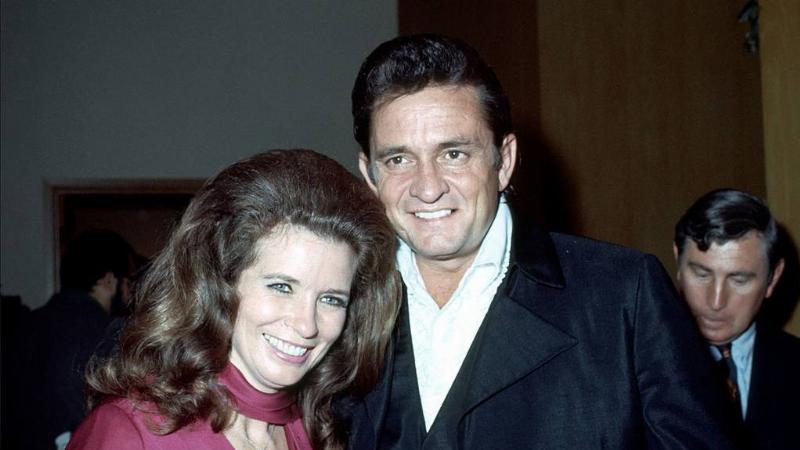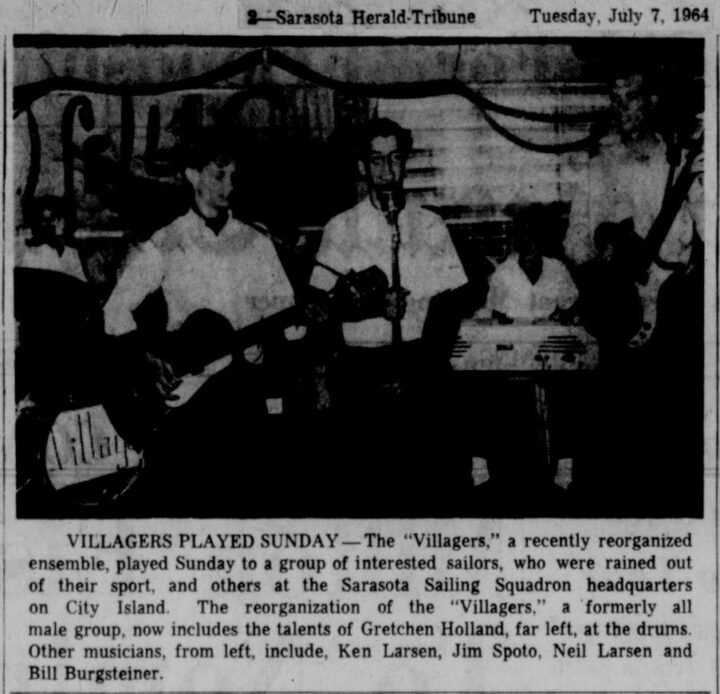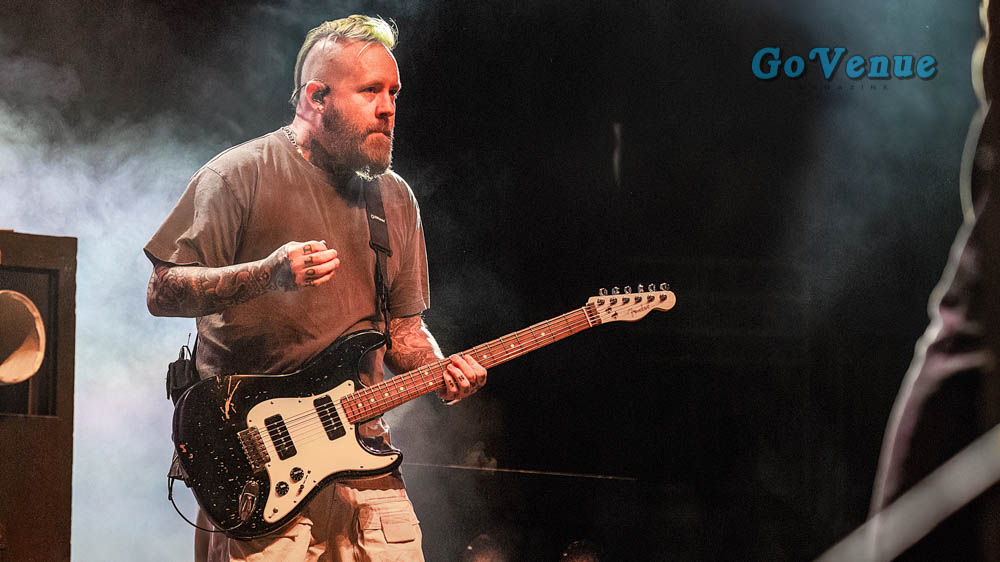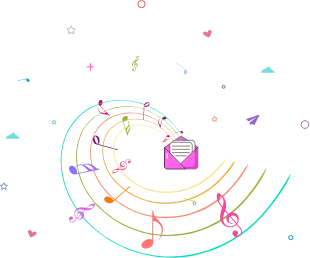The dust has settled but the record is still spinning for Jai Wolf.
Jai Wolf, whose real name is Sajeeb Saha, aspires to “make music that feels like it could last," he tells EDM.com. Instead of churning out single after single, Saha paces his productions leisurely. He takes time to build worlds that listeners can immerse themselves in long after they hit pause on the music.
The tracks Saha released over the first half of 2023, which arrived three years after his previous single, aren’t part of an EP or album. Rather, he describes them as part of a “new era” for Jai Wolf. “It's having one foot in the future and one foot in the past,” he explains. “I want to evolve my sound and try new things, but also stay true to why people listen to me.”
That wasn't the first time Saha veered his sound. His first big push was ditching his dubstep alias, No Pets Allowed, to craft nostalgic, chillwave music as Jai Wolf. This was a time Saha focused on '80s-inspired, synth-driven songs like “Drive” and “Gravity.” A few years later, he shifted to indie-dance with his debut album, The Cure To Loneliness.
Now, Saha's Blue Babu era sees him tapping into an uptempo, high-energy sonic palette, which stems from his belief that people want to be on their feet in a post-pandemic world. Plus, a personal desire to be more loose and collaborative with his creative process. “I didn't do too much of that before,” he confesses. “A lot of producers, myself included, sometimes overthink their creative process, so I’m just having more fun with it.”
View the original article to see embedded media.
Letting loose, most of Saha's new tracks clock in at over 130 BPM with a “backbone of rhythms and drums,” he describes. “Thematically and lyrically, I’m taking a stronger role as a songwriter in the sessions,” he adds. This thematic shift is on full display in “Paris,” a track that stacks stirring vocals atop a soundscape blending drum & bass with indie-pop.
Meanwhile, “Want It All” bridges old with new. It features synths fans will recognize from Saha’s previous era alongside a garage-inspired groove. The track comes to life in a music video where interpretive dance narrates a tale of relationship trauma and healing. AI-assisted animation stitches scenes together, conjuring a futuristic visual atmosphere.
“AI is like a bogeyman, but there's going to be good and there's going to be bad, it just depends on how you use it,” Saha says about whether AI will help or hinder musicians in the long run.
Citing the bizarre viral renditions of Drake singing K-pop, he recognizes it’s unethical to use someone’s voice without consent for AI-generated music. But he believes it’ll be a force multiplier when it comes to streamlining a music producer’s workflow.
“I'm not for making a beat out of thin air, but if I'm writing a song, I would love to have more shortcuts for certain things,” Saha explains. “Parts of the process will just be sped up or efficiently done because of AI, similar to automation where you now have ATMs instead of a bank teller.”
When it comes to constant evolution, Saha is inspired by his favorite artists, particularly Childish Gambino. “Over 10 years, he’s pushed and developed his sound from being kind of a nerdy backpack rapper,” he says. “He’s made some really experimental records like Because the Internet, which to me is one of the best albums of the 2010s.”
But it’s more than just the music for Saha. “I love how he’ll play into a character and create this world that goes beyond the album,” he adds. “I do try to add as much as I can beyond the music, be it like a music video or some sort of online experience. I think that's the kind of thing that engages fans. ”
World-building is an essential part of the Blue Babu era. Before releasing any music, Saha ushered fans to “exit the loop” in a cryptic letter posted on social media. Signed by Peter Babu of Hikikomori Inc., the letter eluded to upcoming hallmarks of Blue Babu with phrases like “a demonstration in the desert” (signaling Jai Wolf’s Coachella performance) and “an analysis of consciousness transcribed into sound” (indicating new music).
View the original article to see embedded media.
Shortly after, Saha published hikikomori.world, an interactive widget that served as a window into the world of Blue Babu. A form of severe social withdrawal in Japanese culture, hikikomori is one of the main threads running through Blue Babu’s narrative. “It's like looking inward and seeing the harsh truths inside of you,” he says of how the concept translates into his project.
Though Saha wants to keep the narrative explicitly enigmatic so as to leave room for listeners to find their own attachments to it, there’s one aspect of Blue Babu he’s open to divulging. “Babu is what my mom calls me,” he says. “It’s a term of affection and endearment which means ‘child’ in Bengali.”
While Saha says the name represents the truest part of himself, he doesn’t want its cultural roots to overshadow the main message he’s trying to convey. “It’s really tapping into what it feels like to be a child, finding that innocence again as you grow as an adult and come across different hurdles and challenges,” he emphasizes. “A lot of people that I know want to hearken back to those simpler times.”
Perhaps the most striking element of Blue Babu is the live show. Embracing evolution, Saha retired his iconic Orb stage for a more intimate style of production for his first tour after four years. “It’s the most connected I've felt to the audience because nothing is covering me,” Saha says of his streamlined stage.
View the original article to see embedded media.
The Orb stage was a physical barrier between Saha and his fans, evoking a feeling of safety and protection. Getting rid of it has sent the energy of Saha’s live shows soaring. “Not only that, but in terms of room size, you're really limiting yourself at the maximum height of the Orb,” Saha adds.

Brian Rapaport
In bringing the Blue Babu stage to life, Saha took inspiration from other artists—but not in the way you might think. “We did a lot of research in terms of how other artists run their shows—by looking at other artists, you can see what they're not doing instead of trying to emulate them,” he explains.
That’s how the circular nature of the stage was born. “My idols and all these other electronic artists putting on a show don't really have circular risers or circular lighting arrangements,” he says. “So our lighting designer—Devin, who's so gifted—helped design the whole rig with a circular theme.”
View the original article to see embedded media.
But it isn’t just the visual direction that Saha’s reimagined for the Blue Babu era. For the first time, his live set is all original music. “It feels fulfilling to have a show front to back that's just 100% your own,” he gushes.
On stage, Saha is surrounded by sample pads, drum pads, a custom fader, and an effects rack. “It’s very similar to the effects on CDJs but we rigged it so that it controls Ableton,” he says. “I don’t think anyone actually has this setup.”
A custom setup empowers Saha to “reinterpret his discography” on the fly. Classic Jai Wolf anthems like “Feels” and “Indian Summer” are embellished with lush keys, shimmering synths and roaring drums to fit into Blue Babu’s high-energy, dance-focused soundscape. “I really wanted to dig deep into finding some of the fan-favorite songs, but then transforming them in a way that feels relevant in a 2023 context,” he emphasizes.
View the original article to see embedded media.
On certain stops of the tour, like his hometown show at Brooklyn Mirage, fans were also treated to opening and “Club Babu” closing sets from Saha.
“I think the Blue Babu show is—I don't want to say serious–but it's 100% me, it's my heart and my soul,” Saha says of his introspective headlining performances. “So what's nice about Club Babu is that it's just fun, it's not me bearing my soul. I don't want to think too much about genres or anything, let's just get people sweaty and dancing on their feet.”
Mixing desi-flavored bangers, like Voodoo’s “Pan Jabi,” with thundering house à la “Turn off the Lights” by Chris Lake and unrelenting bass music like RL Grime’s quaking edit of “In Your End,” it’s safe to say Saha delivered on his promise of a no-frills after-hours set.
View the original article to see embedded media.
After being on a bus for nine weeks and playing 37 shows, Saha is taking time some well-deserved time to slow down. But with plenty of unreleased music heard during his tour—and an obscure letter from Hikikomori Inc. to welcome 2024—the story of Blue Babu is far from over.

Follow Jai Wolf:
Instagram: instagram.com/JaiWolfx
X: x.com/JaiWolfx
Facebook: facebook.com/JaiWolfMusic
Spotify: spoti.fi/2L8nc0N







